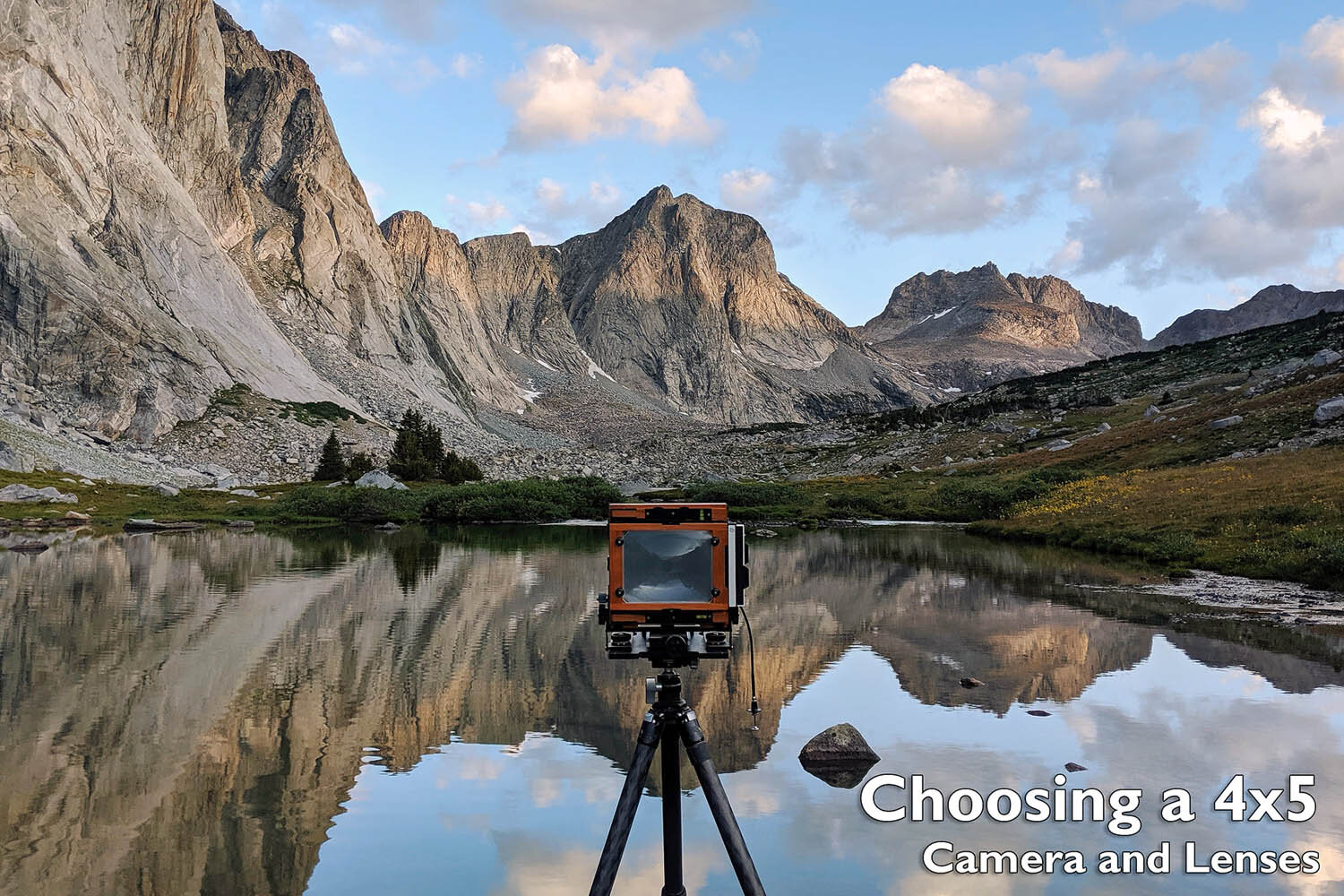dave.gt
Well-known member
It was inevitable. And I can’t blame anyone, it was just meant to be… I am emerging somewhat from two years of devastating isolation. Spring is here and I am in bad need of change. I am not sure I can even be around hunan beings in close proximity without great anxiety. But it is time to move forward with a dream I have had for many years…
While I have spent a fair amount of time and energy with Medium Format and 135 film the past year, I realize it is now or never to learn about 4x5 with a traditional field camera. I need that creative stimulation and challenge. Time to learn new things.
If not now, when?
So, I have decided to initiate this new journey of discovery with a new thread for my own benefit and, hopefully, for anyone else who would like to learn more.
I may or may not be able to afford such an endeavor, but over time, it may work out. We shall see.
Where to begin?
While I have spent a fair amount of time and energy with Medium Format and 135 film the past year, I realize it is now or never to learn about 4x5 with a traditional field camera. I need that creative stimulation and challenge. Time to learn new things.
If not now, when?
So, I have decided to initiate this new journey of discovery with a new thread for my own benefit and, hopefully, for anyone else who would like to learn more.
I may or may not be able to afford such an endeavor, but over time, it may work out. We shall see.
Where to begin?

